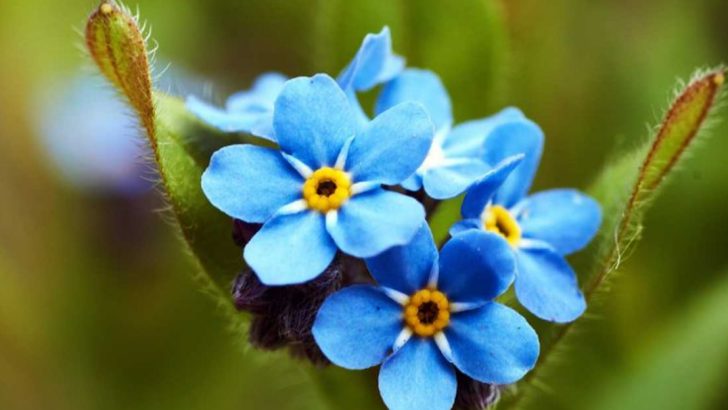Some “self-sowing” flowers are more like one-hit wonders! I planted 16 seeds last spring, lured by promises of effortless come-backs… Seed packets whispered of repeat blooms and carefree colors. I imagined a garden that tended itself. Spring rolled in. Six of those so-called marvels ghosted me—no sprouts, no petals, no second act. But ten mavericks rose to the challenge, popping up with cheeky grins and bursts of color. Watch your borders burst without lifting a finger beyond the first sow. This is backyard science, not fairy tales. I’ll spill the secrets: which plants honored their vows and which bailed on stage. You’ll save time, money, and elbow grease—no more replanting disappointment. With this intel, you’ll sow only the reliable, radiant stars. Grab your gloves, gather your seeds, and prepare your soil. It’s time to ditch the drama queens and fill your beds with true return champs!
California Poppy
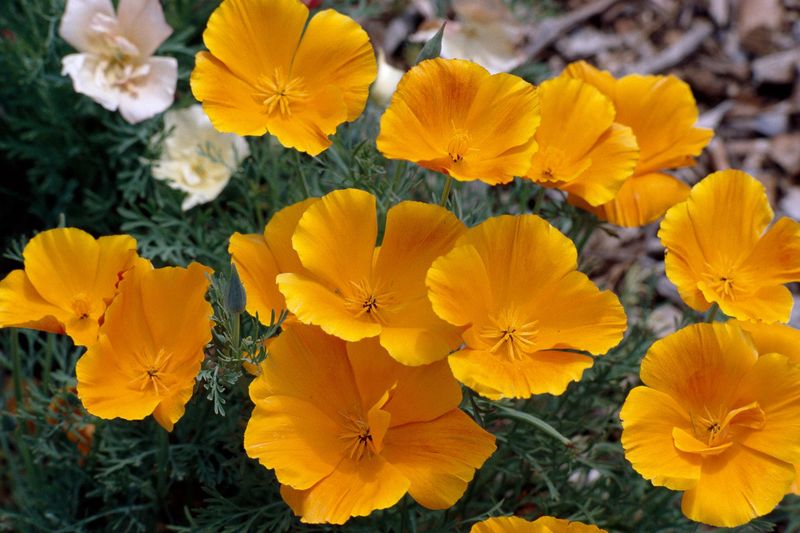
The California Poppy, with its vivid orange petals, paints a cheerful picture in any garden. Its ability to reseed with ease is remarkable. I found it thriving even after neglect, as it self-sows effortlessly. Its vibrant blooms are a delight each spring, appearing like a golden wave. As the state flower of California, it holds a special place in American flora. Did you know? The poppy’s seeds are edible, often used in culinary dishes. Its tenacity and beauty make it a favorite among gardeners looking for low-maintenance options.
Nigella (Love-in-a-Mist)
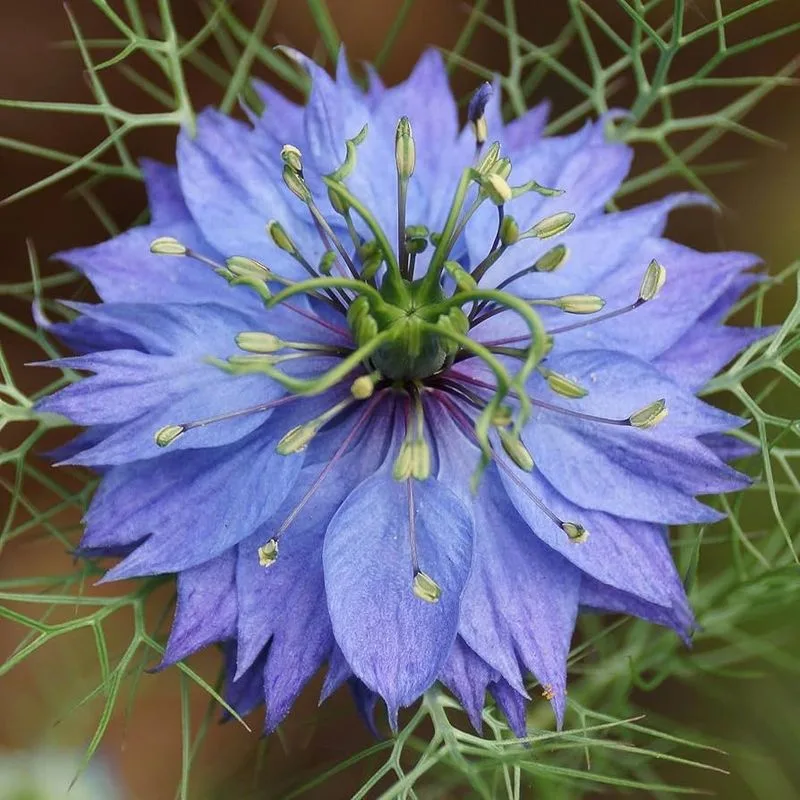
Nigella, affectionately known as Love-in-a-Mist, enchants with its lovely blue flowers and filigree bracts. One can’t help but be captivated by its ethereal beauty. From my experience, this flower is incredibly self-reliant, gracing the garden every year with minimal care. Its intricate structure fascinates botanists and amateur gardeners alike. Historically, its seeds were used in ancient remedies. This plant stands out not only for its ornamental appeal but also for its fascinating history. A garden adorned with Nigella is a testament to nature’s artistry.
Larkspur
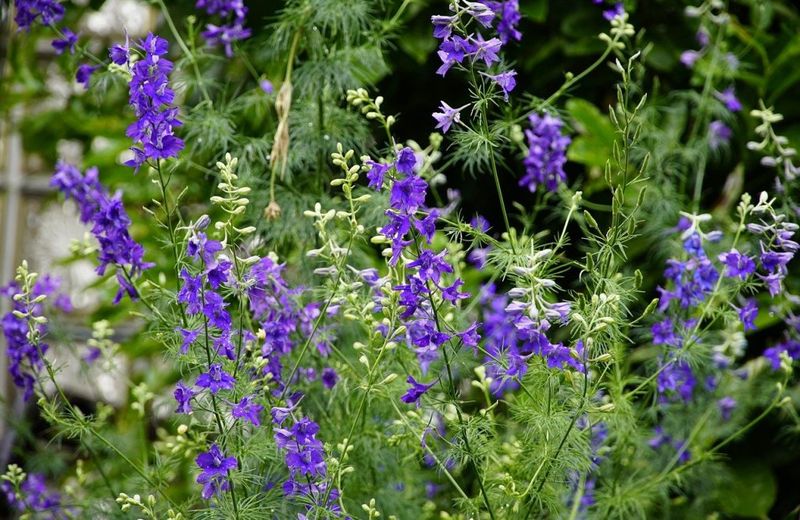
Larkspur, with its towering spikes of blue and purple, commands attention in any landscape. Its self-sowing prowess becomes evident with each new growth cycle. During the summer, these stately flowers emerge with grandeur. Native to the Northern Hemisphere, Larkspur is part of the buttercup family. Interestingly, it was used in folklore to ward off scorpions. The plant’s resilience ensures it returns annually, much to the delight of gardeners. Its majestic presence and ease of care make Larkspur a cherished addition to perennial gardens.
Bachelor’s Button (Cornflower)
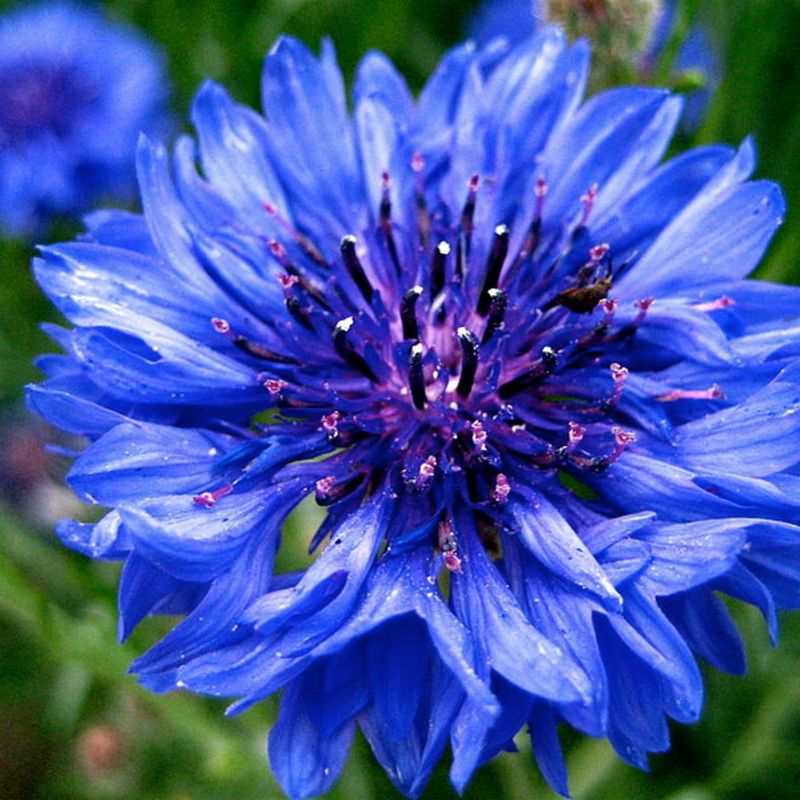
Bachelor’s Button, or Cornflower, dazzles with its intense blue hue and delicate petals. Each summer, these flowers appear as if by magic, spreading freely across the garden. Their carefree nature ensures they return annually, painting the landscape with color. Historically, Cornflowers have been a symbol of hope and resilience. They were once woven into wreaths worn by young men in love. The flower’s ability to thrive without intervention makes it a staple in self-sufficient gardens. Bachelor’s Button is truly a gardener’s delight.
Cosmos
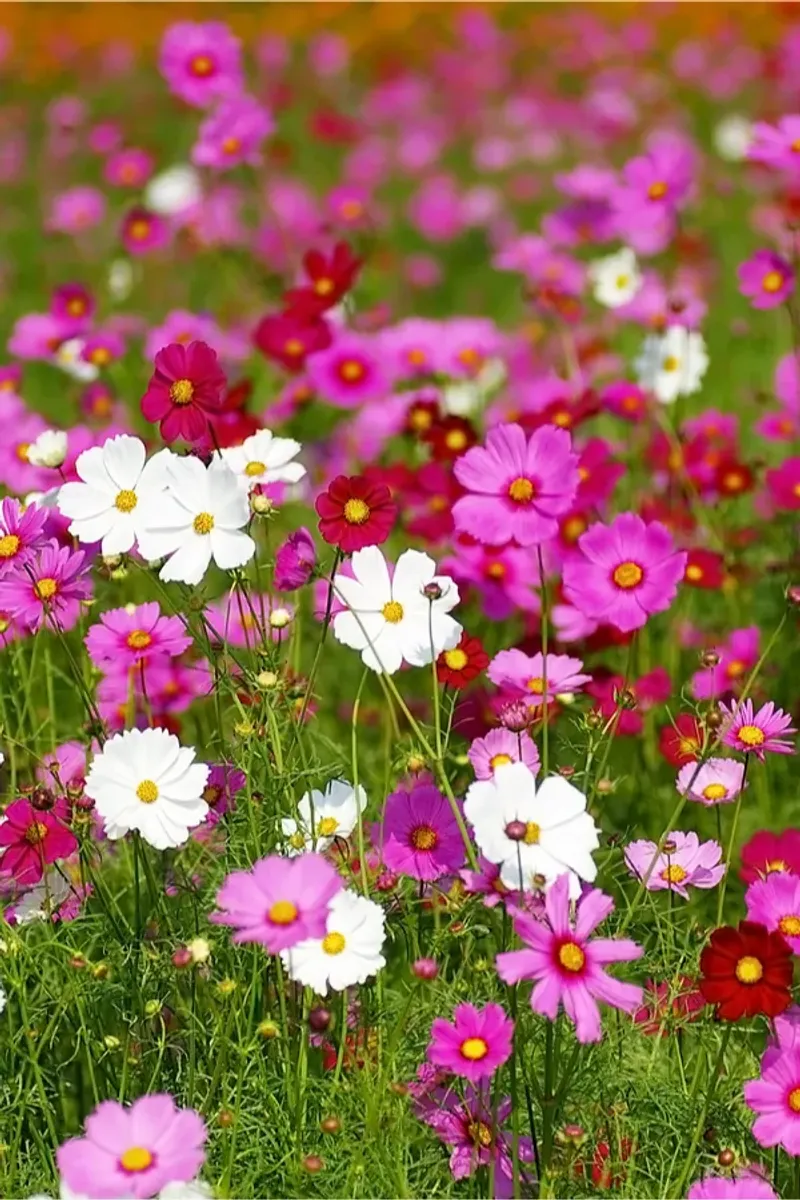
Cosmos blooms with whimsical charm, offering a palette of pinks, whites, and purples. These flowers seem to dance in the breeze, bringing joy to any garden setting. Known for their easy growth, Cosmos self-seeds with abandon, ensuring a colorful display year after year. Originating from Mexico, this plant loves the sun and thrives in less fertile soils. Fun fact: Cosmos were named for their harmonious arrangement of petals. Their carefree beauty and resilient nature make them a top choice for gardeners seeking effortless blooms.
Foxglove
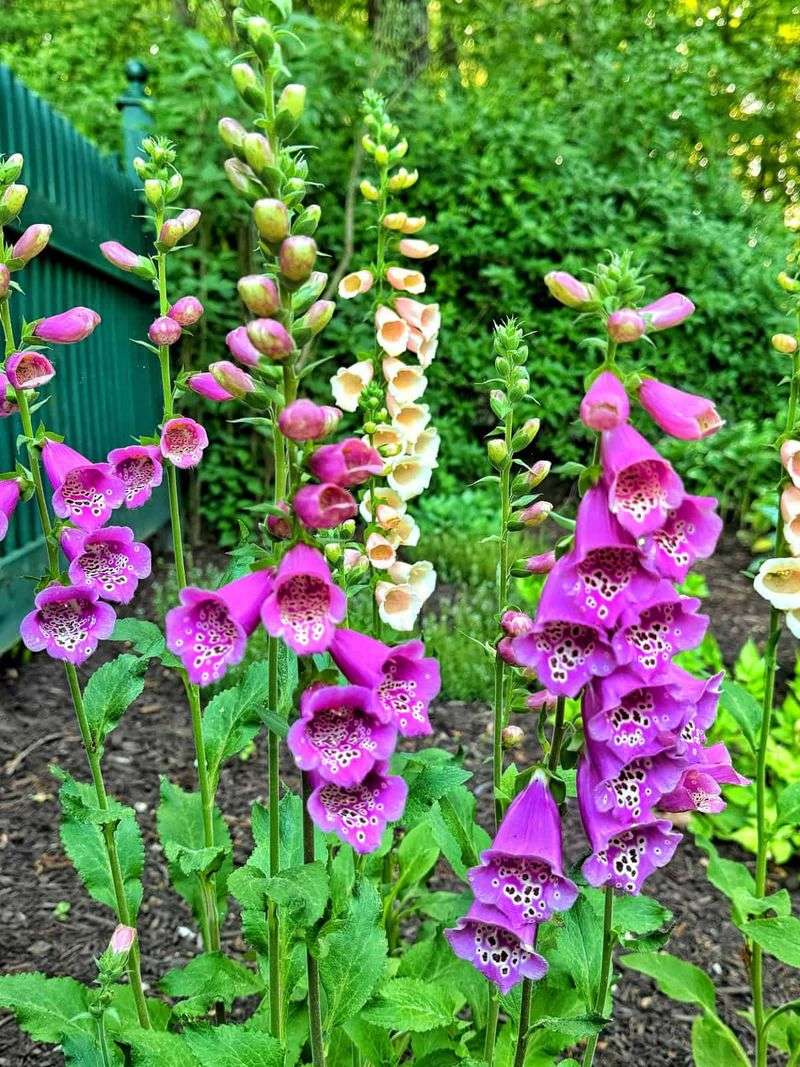
Foxglove stands tall and graceful, its bell-shaped blooms capturing the eye. This biennial flower is renowned for reseeding itself, returning to gardens with ease. Its dramatic presence and delicate blossoms add vertical interest to any garden. Historically, foxglove was used in herbal medicine, though caution is advised due to its toxicity. It thrives best in woodland areas, where its beauty can be appreciated. The plant’s self-sufficient nature and striking appearance make it popular among gardeners who value both aesthetics and practicality.
Calendula

Calendula, a cheerful presence with bright orange blooms, brings sunshine to the dullest corners. This flower, sometimes called pot marigold, thrives with little assistance. Its ability to self-seed ensures its annual return, much to the gardener’s delight. Beyond its beauty, Calendula has been used traditionally for its soothing properties in skincare. Its edible petals add a splash of color to salads. The plant’s robust nature and versatility make it a favorite for those seeking a lively, self-sustaining garden.
Forget-Me-Not
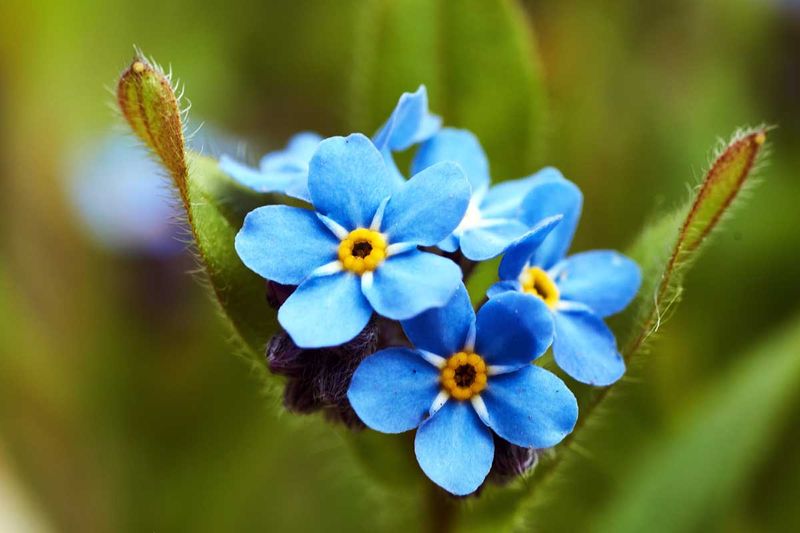
Forget-Me-Not, with its dainty blue blossoms, whispers of nostalgia and memory. This flower, though small, leaves a strong impression as it self-seeds effortlessly, returning each year. Ideal for woodland settings, it thrives in shaded areas, adding a touch of color where other flowers may not. Legend has it that the flower got its name from a knight who gifted it to his lady, urging her not to forget him. The enduring charm and ease of growth make Forget-Me-Not a beloved choice for gardeners.
Hollyhock
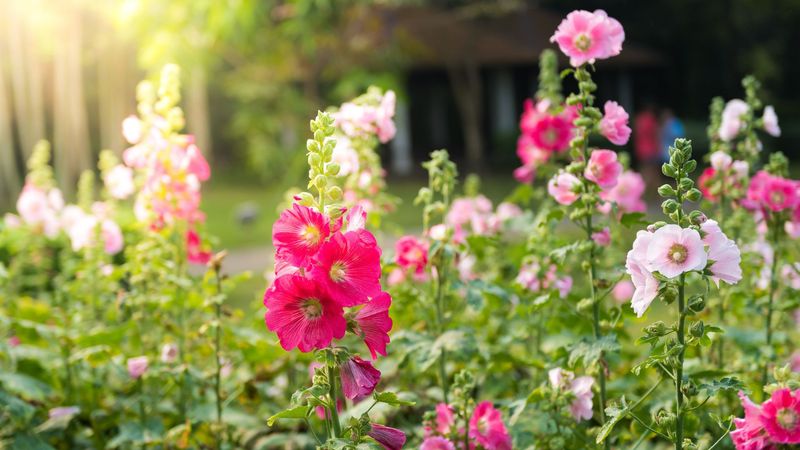
Hollyhocks, with their towering presence and vibrant colors, create a picturesque backdrop in any garden. These biennials are masters at self-seeding, ensuring continuity across seasons. Their towering spikes are adorned with blooms, attracting pollinators aplenty. Hollyhocks have historically adorned cottage gardens, symbolizing rustic charm. These flowers are unpretentious yet commanding, reminiscent of simpler times. Their ability to flourish with little intervention makes them a treasured addition to gardens seeking color and life.
Sweet Alyssum
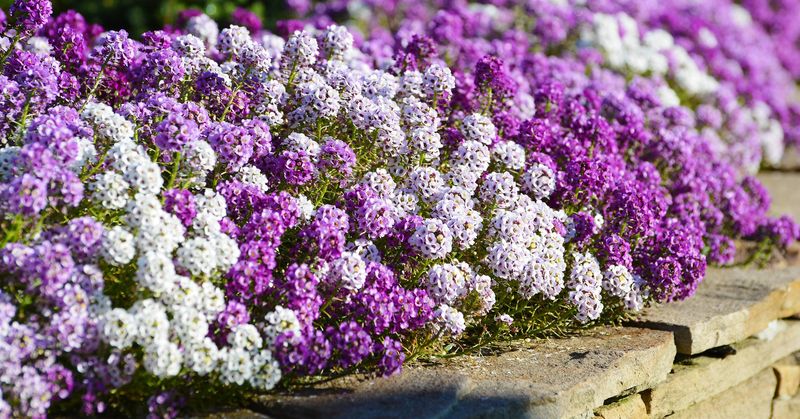
Sweet Alyssum graces the garden with its delicate fragrance and tiny blossoms. This hardy annual is famous for its ability to self-seed, creating a floral carpet year after year. Its low-growing nature makes it perfect for borders or rock gardens, where it can cascade gracefully. Historically, Sweet Alyssum was believed to ward off bad luck. Its honey-scented blooms attract beneficial insects, enhancing the garden’s ecosystem. The flower’s gentle beauty and self-reliance make it a cherished choice for gardeners everywhere.

